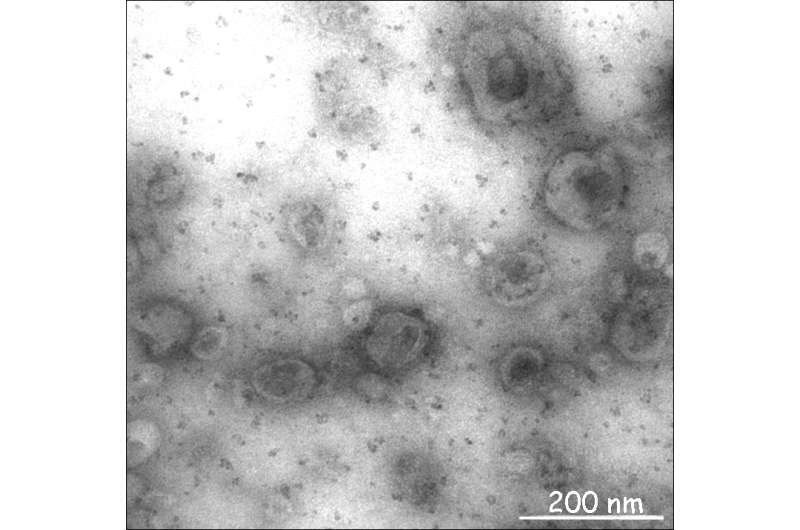New method for diagnosing lupus in patients presenting with kidney damage

Scientists at the INCLIVA institute for biomedical research in Valencia have correlated an increased presence of exosomal microRNAs in the urine of patients with lupus nephritis, the inflammation of the kidneys caused by lupus disease.
Lupus is a chronic autoimmune disease that can affect nearly all organs of the body, from the joints, skin and blood vessels, to the heart, kidney and lungs. According to the Sociedad Española de Reumatología (Spanish Rheumatology Society, SER), there are currently around 40,000 individuals suffering from this disease in Spain. It is most common in women between the ages of 20 and 40.
The cause of lupus is unknown, though is believed to be triggered by environmental factors. Its course is unpredictable, presenting a diverse range of symptoms that come and go over time, alternating "flares" with periods of remission. This makes it especially difficult to diagnose. Currently no procedure exists that can provide a definitive diagnosis for lupus, with clinicians basing their diagnosis on the symptoms as described by the patient, clinical findings and additional tests.
Coordinated by INCLIVA science director, Josep Redón, this research project focused on lupus nephritis patients, that is, patients whose lupus causes affects their kidneys. Scientists studied the concentrations of microRNA molecules (miRNAs) in the urine of these patients, since miRNAs are known to play a role in the regulatory mechanisms for proper renal function and raised levels might therefore be indicative of lupus.
Doctor Raquel Cortes, postdoctoral researcher, explains that they used "ultracentrifugation techniques to first isolate the exosomes from the extracellular vesicles in the urine and then quantify the concentrations of different miRNAs associated with lupus disease found in them".
"Our results show that patients with active lupus nephritis present higher concentrations of miRNAs in their urine, compared with patients in the control group unaffected by lupus. Specifically, the greater the extent to which the kidney is affected, the higher the concentration of miRNAs, primarily miR-146a, in the exosomes isolated from the extracellular vesicles, which is not something that holds true in the urine as a whole", she tells us.
These findings suggest a use for exosomal miRNAs levels in urine as potential biomarkers of lupus disease and would constitute a non-invasive procedure for lupus diagnosis. Cortes adds that their techniques "make it possible be more precise when diagnosing or prognosing kidney damage and predicting responses to different treatments".
She goes on to explain that "ultracentrifucation is not a method that can be unilaterally rolled out for diagnostic purposes, which is why various companies are developing protocols for a faster, simpler way to extract exosomes from extracellular vesicles, an important process applicable across a range of illnesses".
Extracellular vesicles (EVs), known carriers of nucleic acids (including miRNAs), proteins and lipids, have recently emerged as important "nanoshuttles" of information between cells, communicating even between cells that are very far apart. This cargo can modify the function of recipient cells, which implicates EVs as potential regulators of autoimmune disorders. However, their precise pathophysiological functions are not yet fully understood: "Understanding why and how they communciate with target cells would be quite the revelation."
More information: Javier Perez-Hernandez et al. Increased Urinary Exosomal MicroRNAs in Patients with Systemic Lupus Erythematosus, PLOS ONE (2015). DOI: 10.1371/journal.pone.0138618
Javier Perez-Hernandez et al. Extracellular Vesicles as Biomarkers of Systemic Lupus Erythematosus, Disease Markers (2015). DOI: 10.1155/2015/613536














